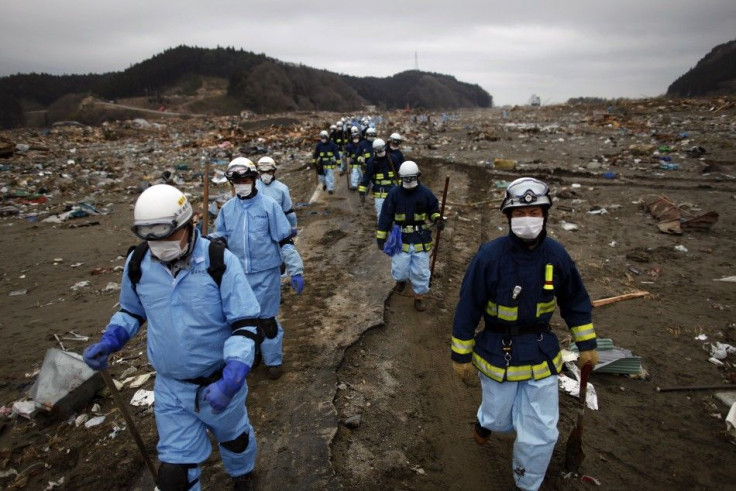Japan scrambles to ascertain whereabouts of thousands of foreigners

Japanese authorities are struggling to ascertain data and information on the number and status of foreigners who were in Japan when the earthquake and tsunami struck ten days ago.
Foreign Minister Takeaki Matsumoto has promised to determine the welfare of foreigners, both victims of the disaster and those who survived, but progress on the project remains painfully slow, given the magnitude of other problems the government is facing.
We must [try to ascertain] the whereabouts of people from foreign countries in the same way we are doing for Japanese people, Matsumoto told a press conference Friday.
An estimated 95,000 foreigners were living in the four Northeasters prefectures -- Iwate, Miyagi, Fukushima and Ibaraki -- that were hardest hit by the catastrophe.
The National Police Agency said at least 13,000 people remain officially missing, though that figure will surely keep climbing higher. Moreover, many of the dead who are in morgues have not been positively identified yet.
Since the catastrophe struck, the Foreign Ministry said it has received hundreds of inquiries from officials of about 80 countries about citizens who might have been in the area.
According to Kyodo News, Megumi Sakamoto, a professor at Fukushima University, estimates that about 2,500 Chinese and Vietnamese trainees were in Fukushima at the time of quake, with an additional 1,500 each in Miyagi and Iwate.
It is very hard to determine the location of such foreigners affected by this kind of massive disaster, Sakamoto said.
© Copyright IBTimes 2025. All rights reserved.





















